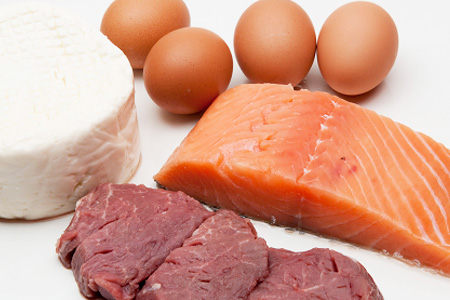
Keeping a detailed and accurate fitness log is essential for bodybuilders who don’t like to waste time. Having the ability to flip through your log can help to diagnose the cause of a plateau or troubleshoot a certain ache or pain, it helps to boost motivation and dedication by showing what works and what doesn’t.

But the basic approach of charting routines – that is, the bare measurements and exercise descriptions – only tell a small part of the story. There is so much more to learn about your body! Some of the most important statistics are not measurable in numbers. This quick guide will describe five of the most important stats that bodybuilders often forget to track.
1. Energy Level
How were you feeling prior to starting your workout? How were you feeling afterwards, or the next morning? Make sure to chart those energy levels. Keeping notes on motivation and energy helps to ensure better diagnosis of those low spots throughout training.
Perhaps school tests are interfering with your motivation level, or maybe you need a change of surroundings. Maybe you just don’t like Mondays. Tiny variables can make a big difference and understanding your motivation patterns could help you maximize your routine for efficiency.
2. Nutrition
Not many bodybuilders track their nutrition in detail – but even outside of the cut/bulk cycle, knowing what goes into your body provides a valuable data point. Tracking nutrition is not about “clean bulking” or any other philosophy; it’s about improving your energy, attitude, and most of all, how good you feel every day. It’s about finding the best foods to gain weight.
It’s nice to know which foods work best for your unique needs. A trend of lower-than-usual calories on days that you have a certain soda or snack might just mean that one little thing tends to kill your appetite. Or maybe you noticed that you’ve been getting heartburn, and want to try to track down the culprit so you can feel fresher and more ready to lift the next day.
3. Pain and Discomfort
This is an important one. Most of those minor aches and fatigues are nothing to worry about – just a sign that your workouts are working. On the other hand, if you someday encounter a pain that just doesn’t go away, it’ll be nice to know when and why those symptoms started in the first place.
If you track these sorts of things, you’ll be able to look at your fitness log to find out when the pain first showed up and you can look at your routine and try to think about what you did different that day to pinpoint the culprit. Injury is a huge threat to the bodybuilding lifestyle and earlier corrections are always better.
4. Days Off
This part ties into the preceding three items on the list. How do you feel on your days off? What do you eat? What kind of activities or hobbies do you enjoy? You’ll be surprised how often these “free day” data points will come in handy.
Somebody who plays golf on the weekends might be getting more cardio than they realized and can save time later in the week, somebody who enjoys late nights and good drinks might notice it takes a toll the next day. You might think that a certain workout caused your injury, but perhaps your log says it more likely coincides with the day you helped your friend move his refrigerator. You never know.
5. Month-by-Month Overview
“The Big Picture” is hugely motivating. Being able to look through your logs and see actual progress is a cool experience. Instead of leaving yourself nothing but numbers for inspiration, consider snapping at least one picture every month and include it with your logs. Write a monthly overview about the good ideas you encounter, about the changes in your life, and about your reasons for pressing forward toward your goals.
Get excited! Tracking your fitness progress and goals is an important part of ensuring that all your hard work translates directly into real results. As this guide shows, even small details can yield helpful information – all data is good data when it comes to bodybuilding. Don’t spend all your valuable workout time hunched over your notebook, but do make it an integral part of your fitness routine.
